Graphene frames are coming, and they could weigh just 350g
UK bike manufacturer Dassi claims to have created the world's first ever bike frame containing graphene
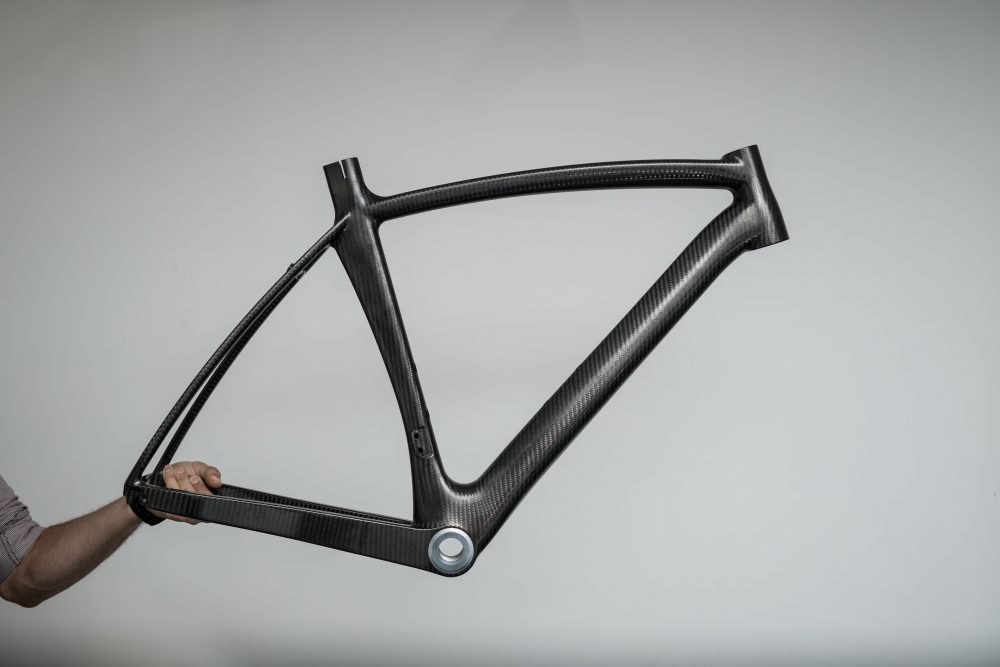
Revolutions don't come along that often in cycling, but Dassi, a UK bike manufacturer focusing on bike customisation, claims to have started one with the presentation of the world's first bike frame containing graphene.
Launched yesterday from the company's headquarters in Hartley Wintney in Hampshire, the company's frame weighs 750g, although it claims that this could be more than halved to just 350g at some point in the future.
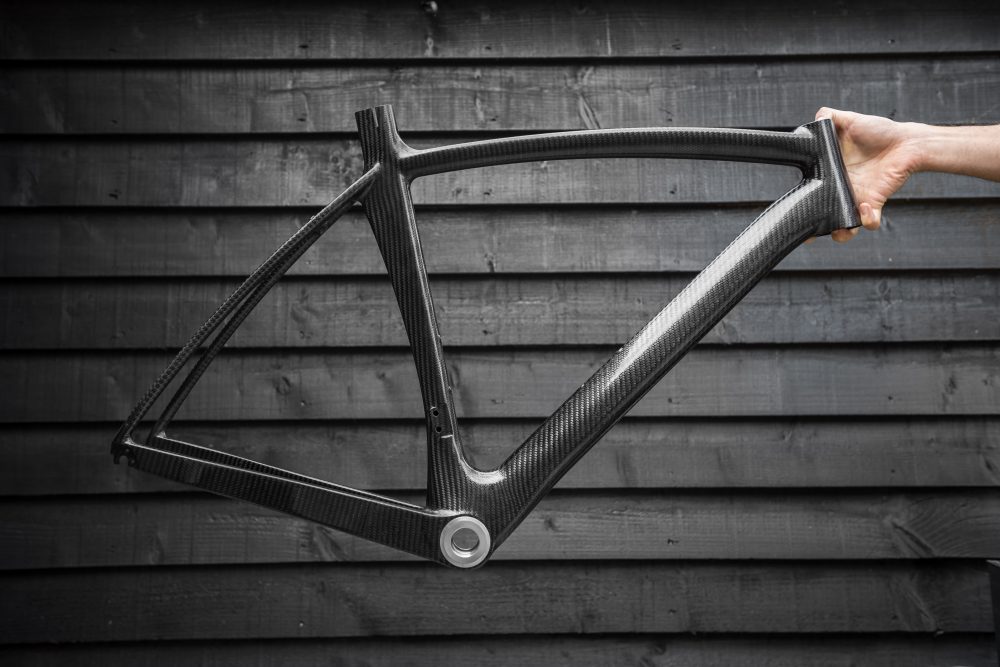
What exactly is this frame made of?
Is the frame made completely from graphene? Well, no. The frame contains just a minimum 1 per cent of the material, which is hooked together with an epoxy resin and later layered with one level of carbon-fibre. Is it the lightest frame we'll ever see? Not this one, as the first frame presented weighs around 750 grams, which is actually the same weight as the frame of the Pinarello Dogma F8Xlight that Chris Froome is riding at the Tour de France.
At the presentation of the new graphene frame, Dassi CEO and founder Stuart Abbot (a former aerospace design engineer for Rolls Royce) said that the weight of the frame could go down of a further 200 grams in the future. And further down the line, Dassi claims that it could be able to present a 350g frame, but there are issues with the layering process that need to be ironed out (the graphene sheets were narrower than expected and harder to work with) meaning that for now their frames composed of six layers of graphene composite material on the inside, and one layer of carbon-fibre on the outside.
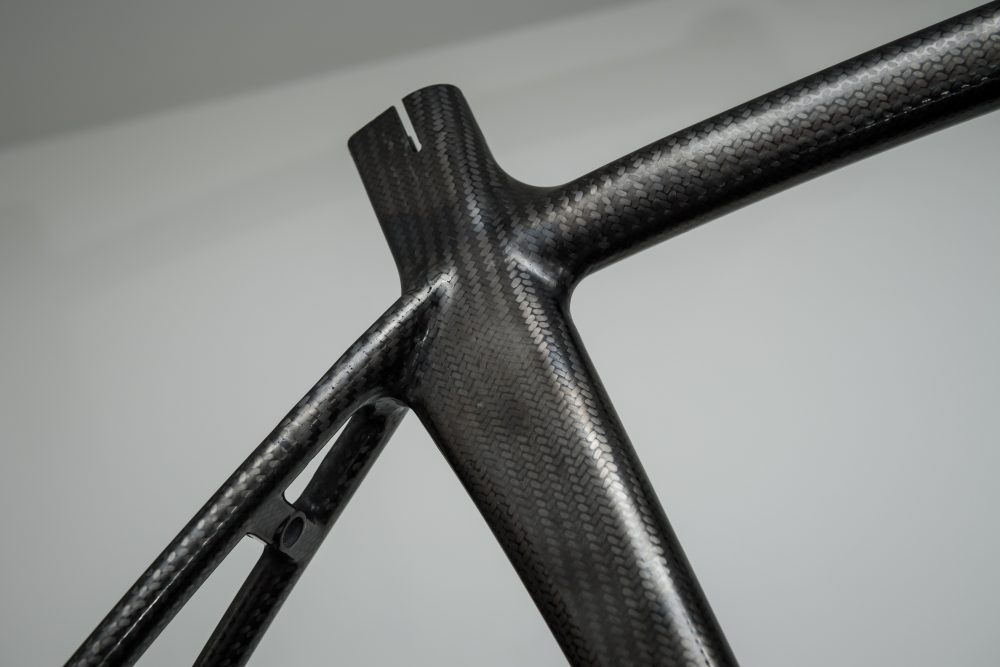
What you see on the outside of the frame is a carbon-fibre layer that has the same design has the other Dassi models, while the graphene material lies underneath.
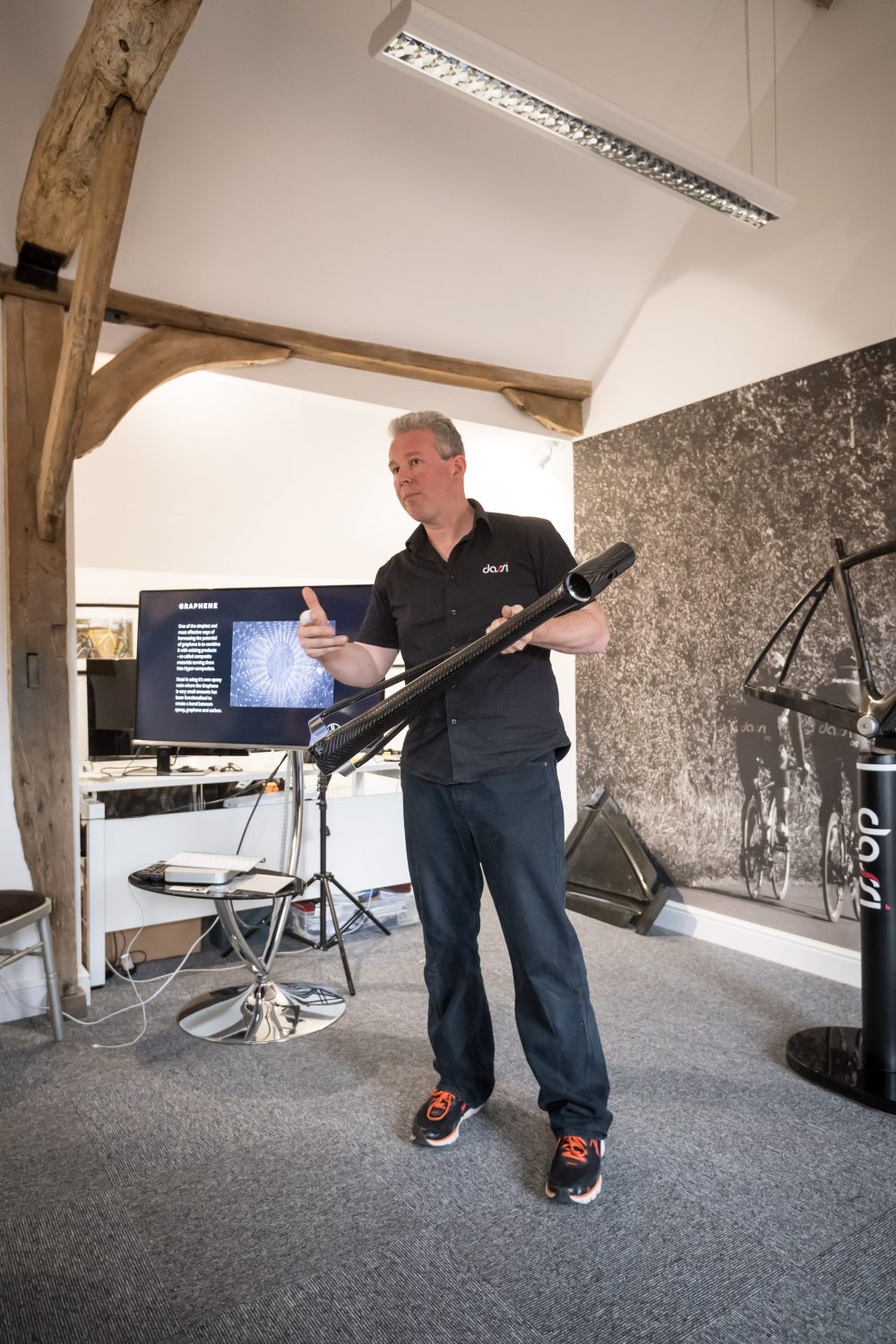
Other than the frame's low weight, Abbot stressed the other properties of the material, its stiffness, its great electric conductivity and its flexibility. And even though the graphene percentage in the frame will be very low (good news for your wallet as 1g of graphene costs £50, which is more expensive than gold), the properties of the material will be maintained and the frames will all feature aero tubing and geometry.
>>> Is graphene cycling's next game-changer?
The latest race content, interviews, features, reviews and expert buying guides, direct to your inbox!
Also, Dassi won't just be making frames from graphene, but also other parts of its bikes such as stems, seatposts, and seatclamps.
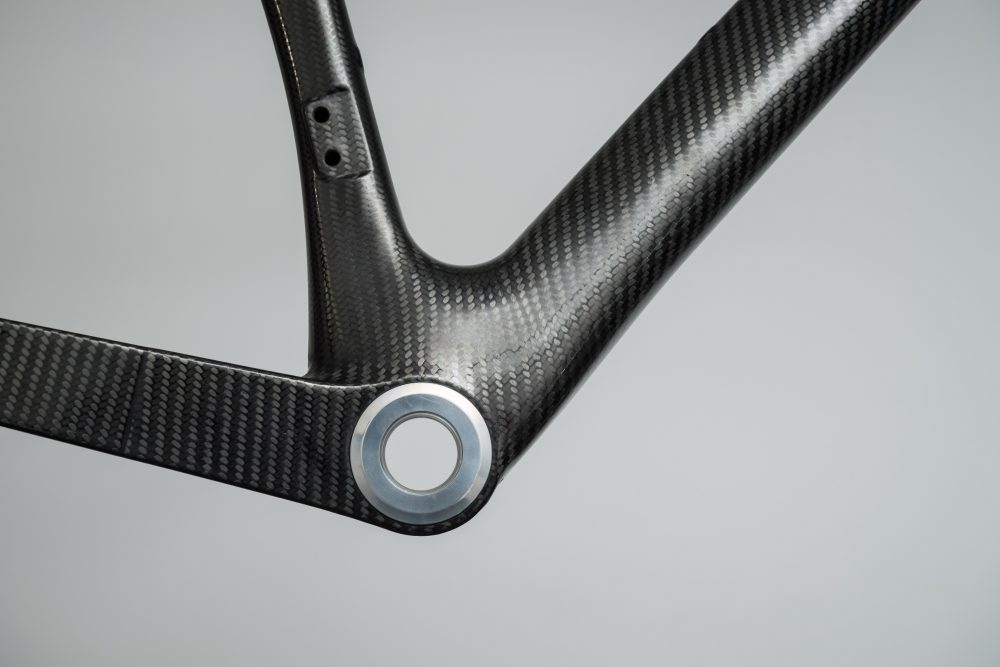
By the end of the year, Dassi claims it will offer to their clients not only the graphene frame, but also a test frame that will feature a wireless system of data collection in order to build the custom frame according to each rider's personal reactions and movement on the bike. Riders' data like acceleration, deceleration, frame-twist while cornering and pedaling will be collected by sensors and circuits built into the test frame and later analysed by Dassi. The customer's own graphene frame will then be customised to build the ultimate tailored bike.
>>> The top 10 road bike innovations
The graphene bikes will be layered by Brick Kiln Composite in Banbury, Oxfordshire. We visited the layering of the first ever graphene bike in exclusive and we’ll present you the whole process, which is similar to the one to produce carbon-fibre frames, in the coming weeks.
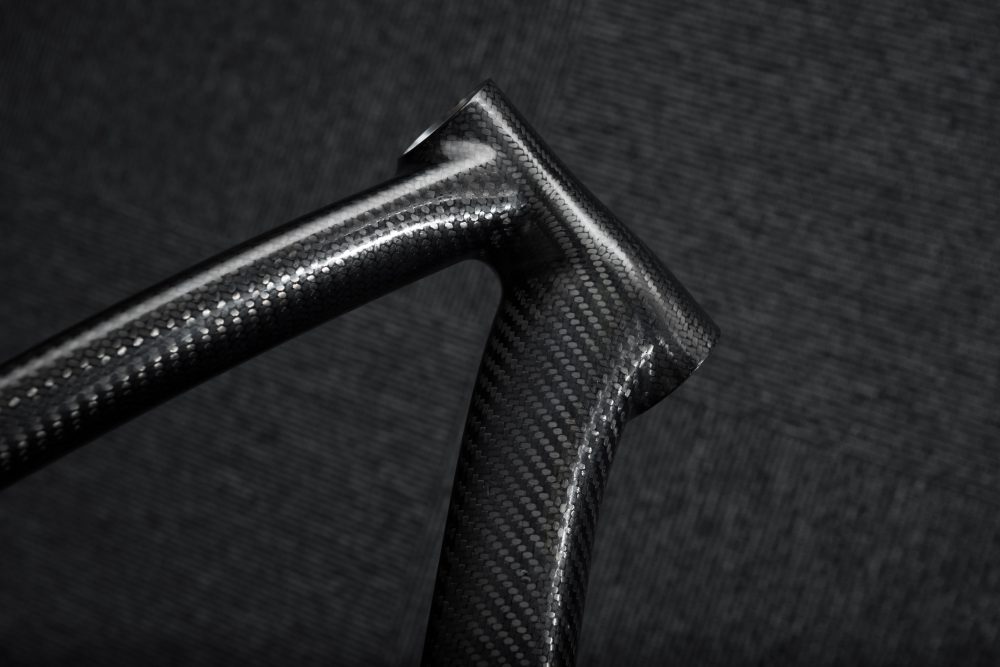
The graphene sheet has been produced in Germany and Wales, while the carbon-fibre is produced by the UK firm SHD composites. The frame you see here will be now be shipped in Germany (at the EFBe Prueftechnik) for testing, and after the two-week process of structural testing, the bike will be back in the UK for potential improving and production. Dassi thinks it will be ready to be sold in September.
But what is graphene?
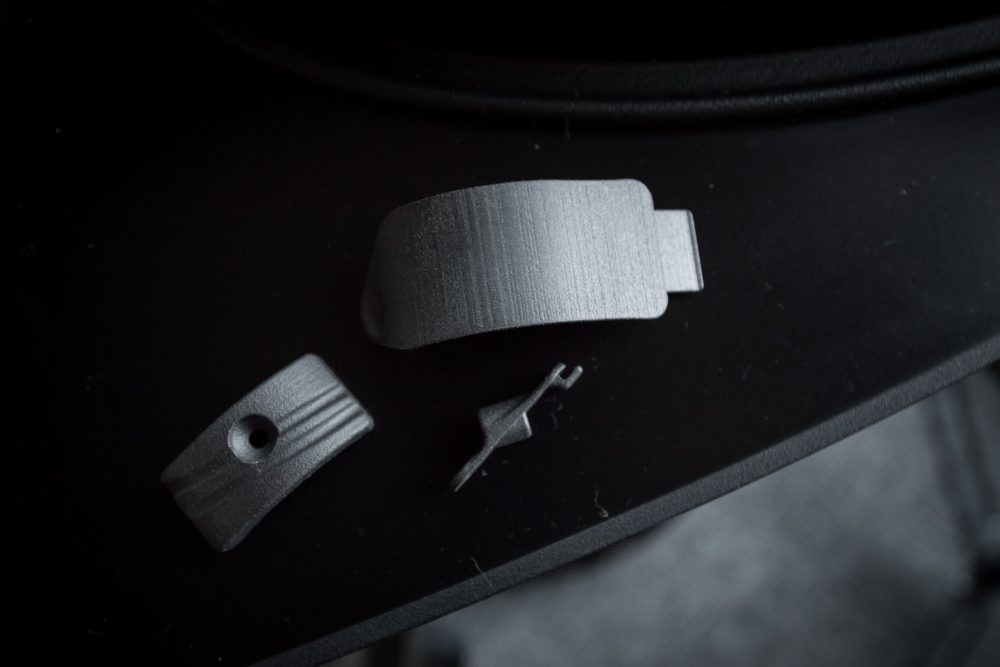
Graphene is a single layer of carbon atoms arranged in a planar (flat) hexagonal latice. Graphite, the material used in pencils and tennis rackets, is many layers of graphene combined together. Isolating a single layer of graphite (graphene) was first achieved in 2004 at the University of Manchester by Andre Geim and Kostya Novoselov. The two scientists isolated the one-atom thick layer using 3M Scotch tape on a block of graphite. Although scientists theorised its existence for many years, no one was able to isolate graphene until Geim and Novoselov, work that subsequently saw the pair be awarded the 2010 Nobel Prize in Physics.
Graphene has huge potential in a wide range of applications. It is flexible, transparent, can conduct electricity, is lightweight and can filter water molecules. On a molecular level, it is also 300 times stronger than steel.
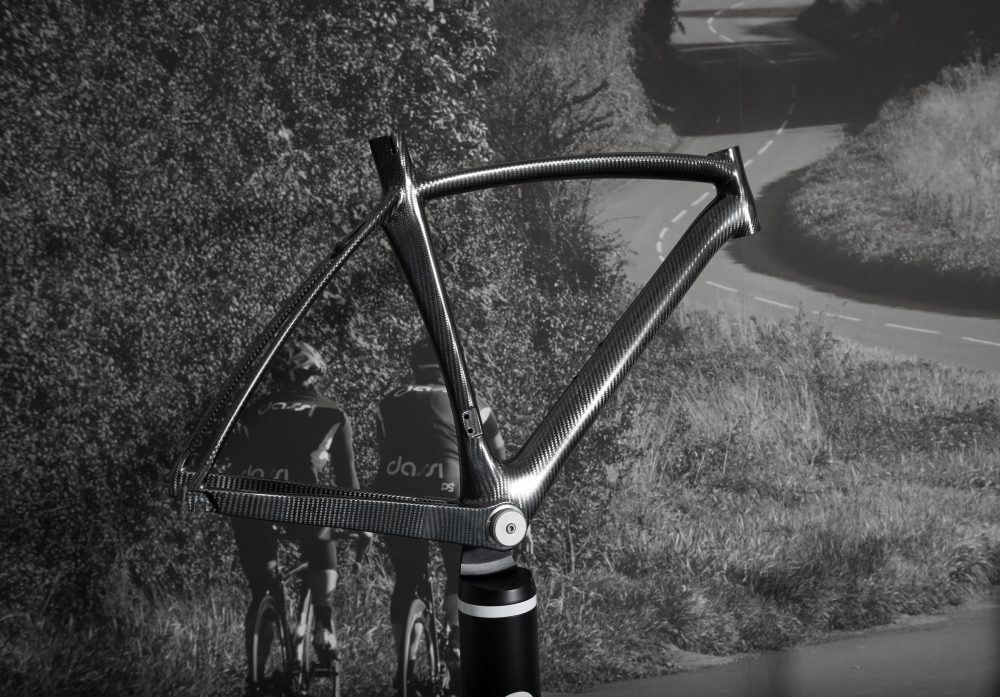
Aerospace, automotive, electronic and sports are the industries that are among the industries mostly interested in the development of graphene. In these industries, graphene is currently used with composites as it’s expensive and hard to get a full sheet of pure graphene. Also Vittoria, the Italian manufacturer that invested a lot in the last years on graphene for their tyres, still uses a material that contains graphene. Not pure graphene.
Apart from the mechanical exfoliation of graphene (that is the original method Geim and Novoselov used to isolate graphene for the first time), the other way to obtain a graphene products are the liquid exfoliation, the electrochemical exfoliation of and the chemical vapour deposition (CVD).
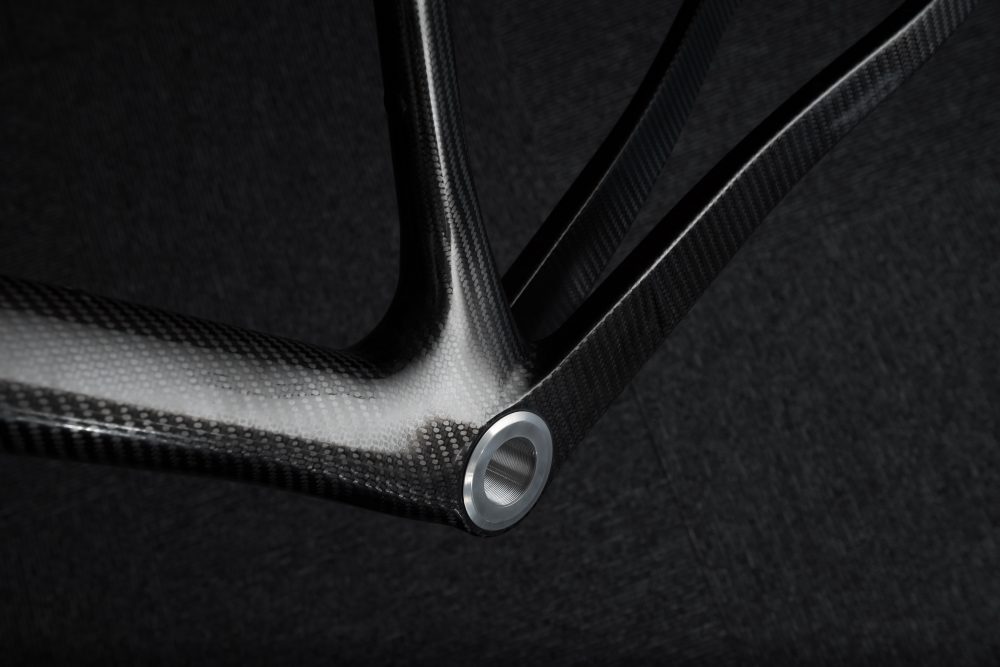
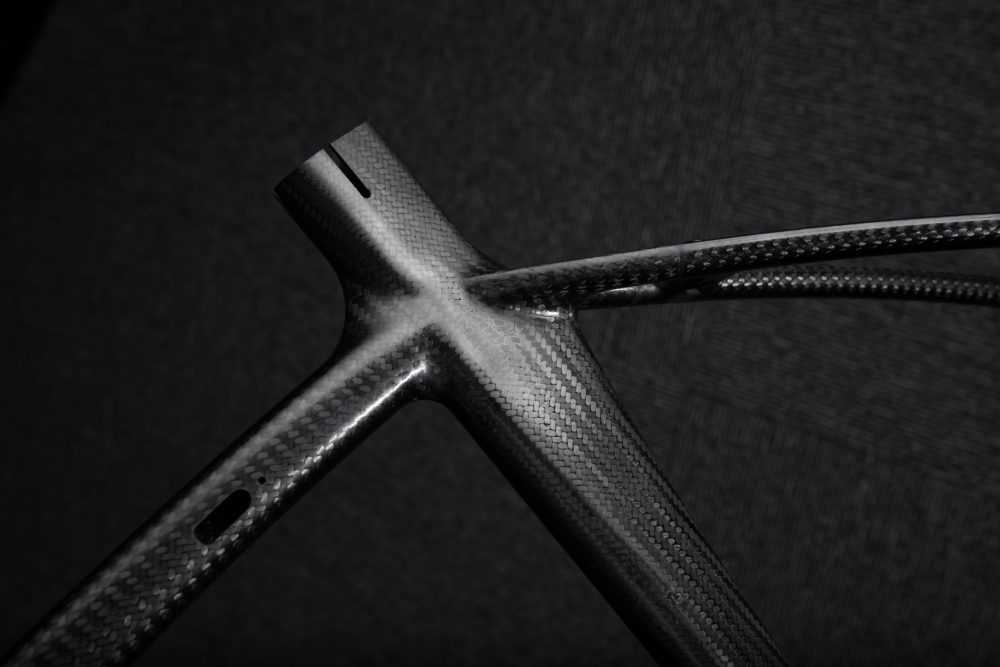
Dassi was founded in 2012 and in 2016 announced the full UK manufacturer of its bikes (from the carbon-fibre composition to the final painting). It now produces and sells a road model (The Road), a time trial one (The TT), both in carbon-fibre: the Toray 800, 900 and Unidirectional Carbon for the former, the Toray 800 for the latter.
You can place a request online at Dassi’s website; The Road has got a price of £3,995 for just the frame and the fork and The TT a price of £3,750). The standard procedure is then to get an appointment at Dassi’s headquarters for a further bike fit and a tailored design. As Abbot says: “buying a Dassi is an experience”.
Nick Busca is a freelance cycling and triathlon journalist. He is also a certified triathlon coach and personal trainer.